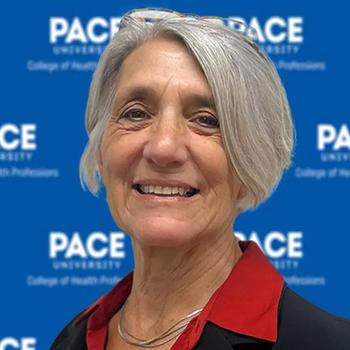
Loosening Restrictions on Pharmacists Could Help Raise Children’s Vaccination Rates
Increasing numbers of adults are getting vaccinated at pharmacies. But many states limit pharmacists’ ability to immunize children. Pharmacist participation in the federal Vaccines for Children program is even more restricted.
The
Created by Congress in 1993 in response to a resurgence in measles, the program has dramatically increased the number of largely low-income children who are vaccinated, narrowing racial and ethnic disparities in vaccination rates in the process and preventing hundreds of millions of cases of serious illness.
Greater use of pharmacists — not just in VFC but for all children’s vaccines, regardless of who pays — could help vaccines achieve still more,
All trained pharmacists have the professional competency to prescribe and administer vaccines. While their legal scope of practice has expanded over the years, it varies widely from state to state because state-level laws have traditionally set practice boundaries for pharmacists and other healthcare professionals.
Pharmacists in 27 states can administer all recommended vaccines for children starting at birth, and in another eight states from age seven. But a physician or other authorized health professional must still write the prescription. Eleven states permit pharmacists to prescribe children’s vaccines, and only for ages 11-18.
Early in the Covid-19 pandemic, with children’s vaccination rates plummeting, the Department of Health and Human Services secretary used his authority under the Pandemic Readiness and Emergency Preparedness (PREP) Act to preempt laws in all 50 states and allows pharmacists to administerall recommended vaccines to children, ages 3 to 18, negating the need to obtain an order or prescription from another health care provider.
The current declaration will end on Oct. 1, 2024. Many states have updated their scope of practice laws, although not all in the same way.
VFC provides free immunizations to children who are eligible for Medicai, uninsured or whose insurance doesn’t cover vaccines. The program also extends free childhood immunization to American Indians and Alaska Natives. The program distributes the vaccines free to states, which pass them along free to providers. State Medicaid programs reimburse providers an administration fee, which varies by state.
All states and territories participate in the VFC program, although pharmacist eligibility and Medicaid reimbursement rules vary. Only 34 states allow pharmacists into the program, and just half have actually enrolled pharmacists as VFC providers.
All these interrelated variations and limitations lead Hughes and Choudhury to make several recommendations for increasing pharmacists’ ability to provide pediatric vaccines. Key among them:
- HHS should extend the emergency declaration beyond Oct. 1, 2024. (Legislation to make it permanent “is laudable but unprecedented in federalism terms and subject to congressional will.”) In the absence of action from Washington, scope of practice changes would be up to state legislatures and could take years.
- State Medicaid and immunization programs should work together to identify barriers to pharmacist inclusion in VFC and address adequacy of vaccine administration fees.
- CDC “should consider the current disincentives and unfulfilled potential of pharmacists as VFC providers.”
Newsletter
Get the latest industry news, event updates, and more from Managed healthcare Executive.





















































